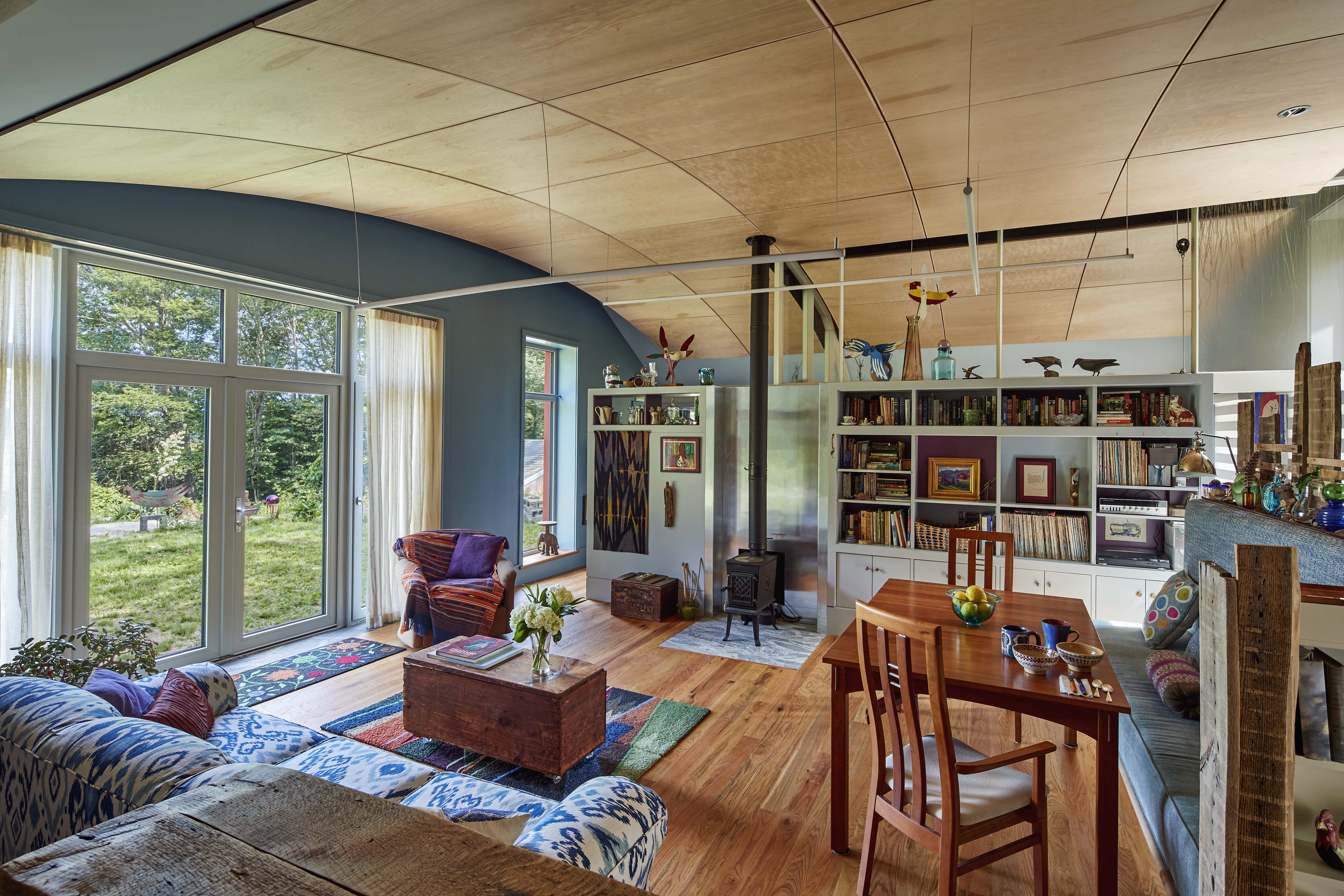Passive House is the world’s most stringent energy standard. It incorporates building science-based strategies to minimize the use of energy while maximizing comfort and quality of life. Built to these standards, a building can use 10% of the energy of one built to code.
The concepts of Passive House construction and “sensible” building can be traced back centuries. Passive House as we know it today started in Germany in the late 1980s. Since then, Passive House has grown internationally with projects on every continent (even a research station in Antarctica uses passive principles).
While it’s focus is minimizing energy, it also has major health and comfort benefits. One perk is comfort – consistent temperatures with no cold spots during the winter. Imagine sitting next to a window, comfortably, on a snowy winter day. Another is a healthy environment – filtered with constant fresh air. Imagine walking into a house in the summer and your pollen allergy symptoms go away.
They are also resilient – maintaining their temperature in freezing weather during a power outage. They are durable, low maintenance, and low-tech (once they’re built).
The standard can apply to any building type – from houses to high-rises.
Passive House can play a major role in the climate crisis. The UN has identified Passive House as the best way to achieve a sustainable low carbon future as outlined in the 2015 Paris Accord target.
View our Award-Winning Eastern Connecticut Passive House:
